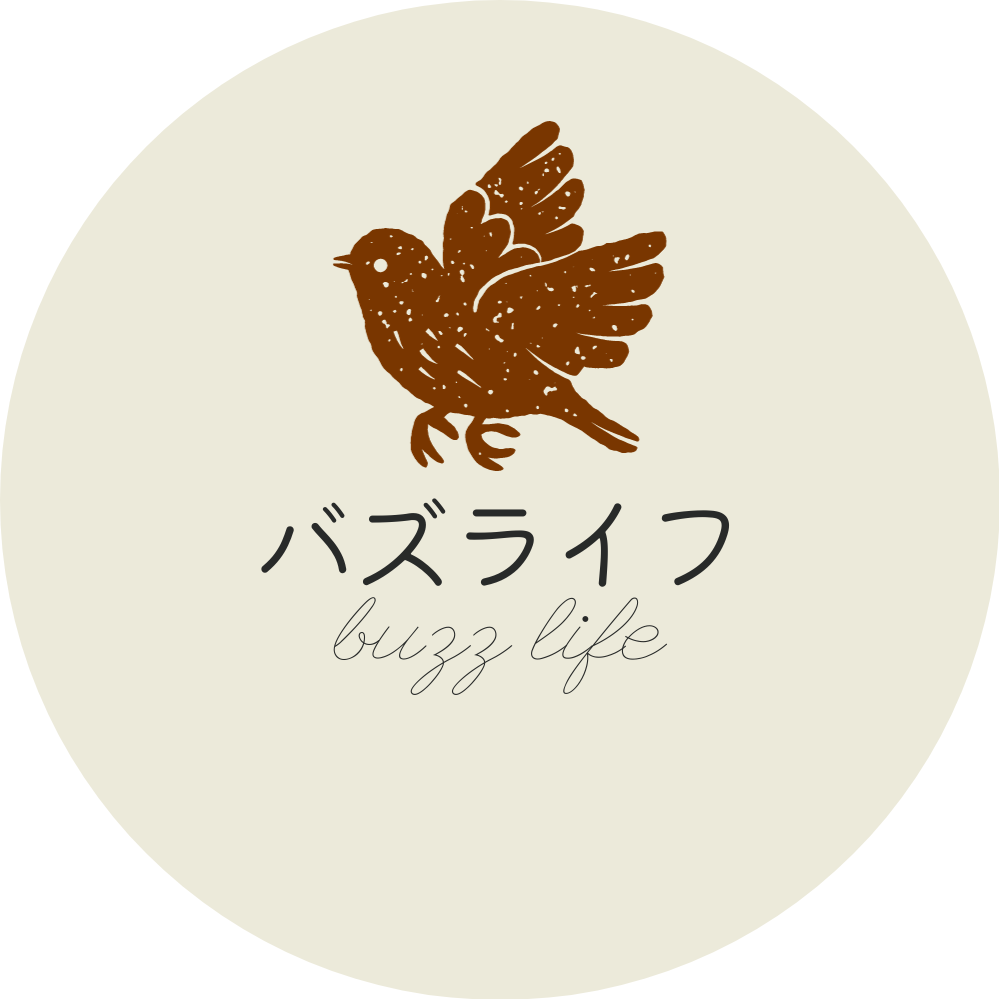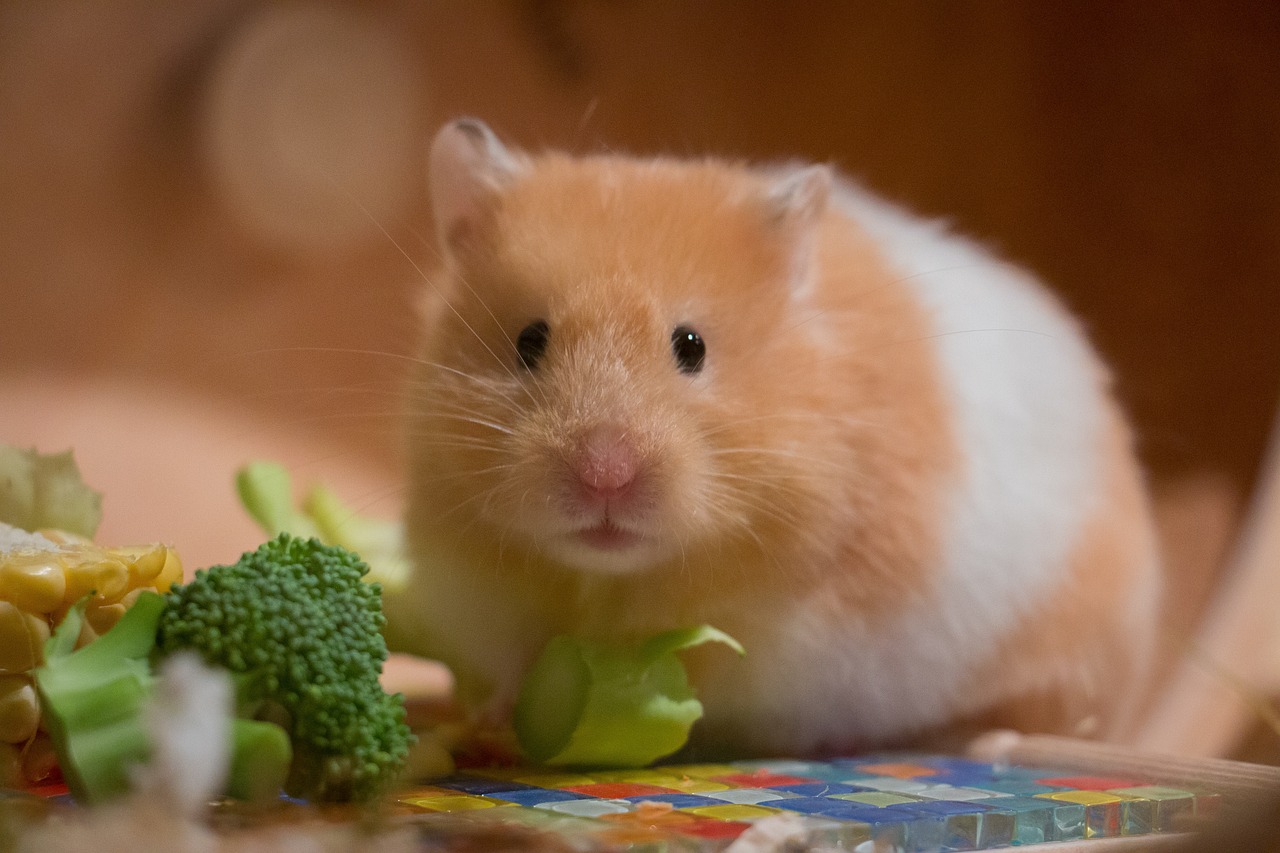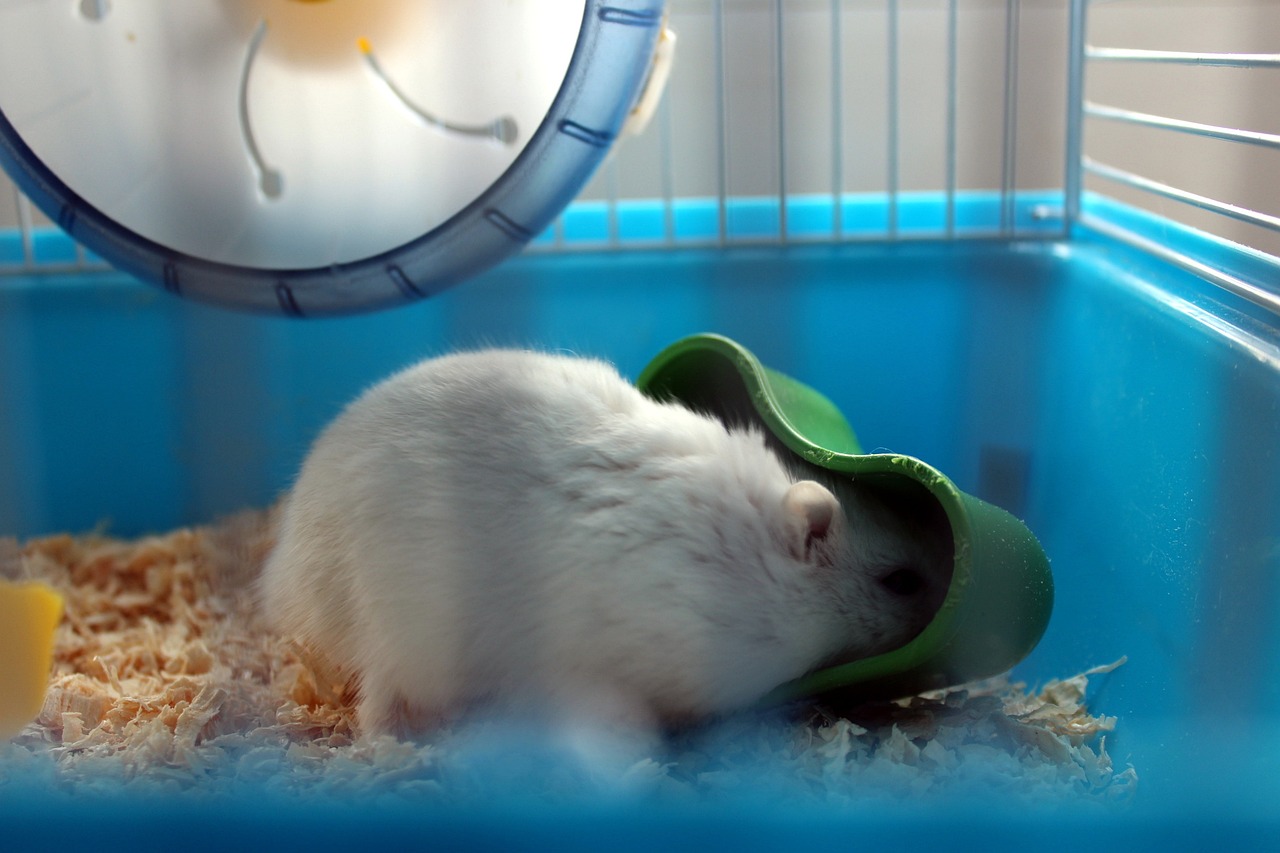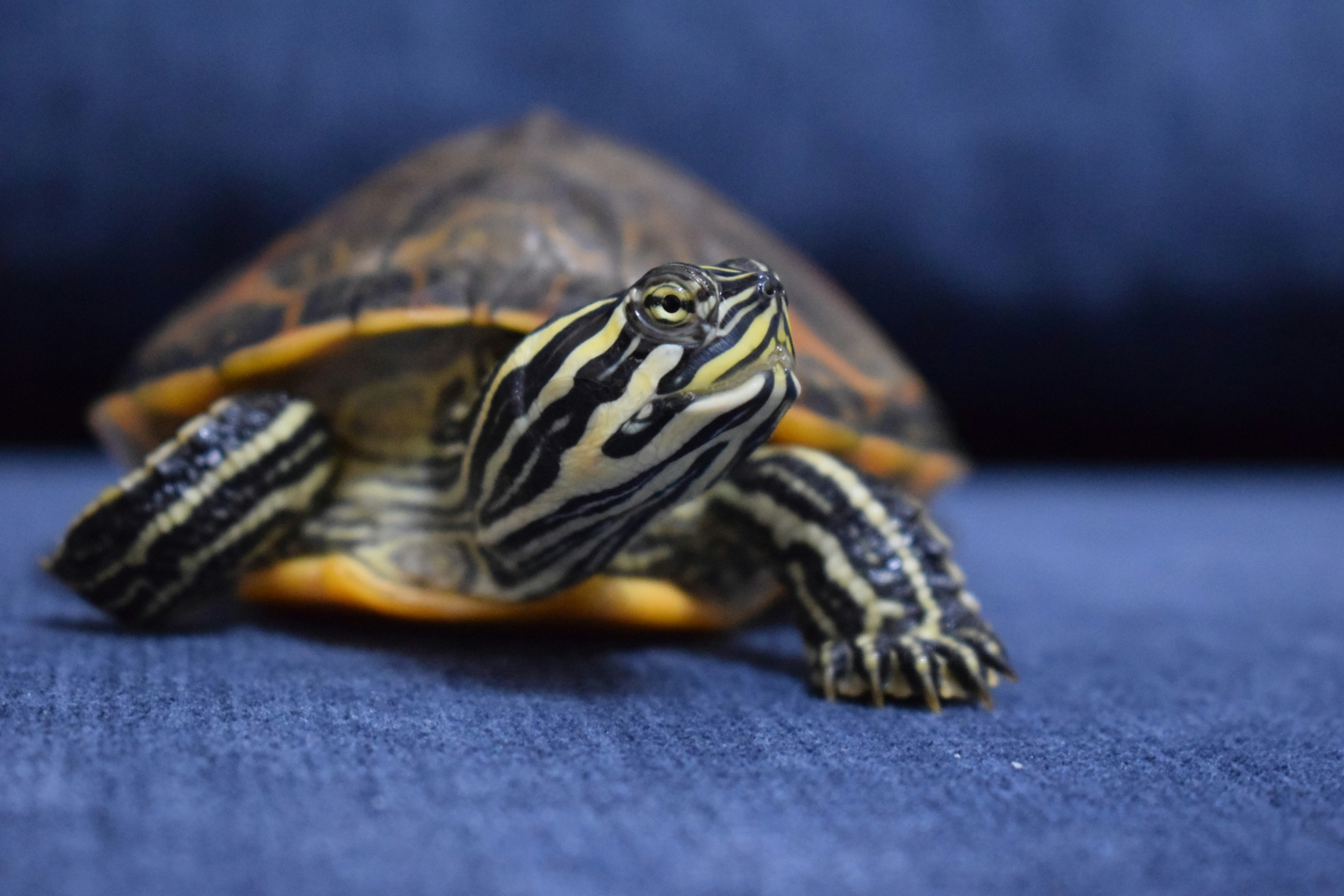What should I do in the winter? How to keep turtles

Taking care of turtles during the cold season can be a challenge! When winter arrives, our beloved turtles need to be prepared for the cold. Although different species of turtles have different needs, here are some basic winter care tips.
Be careful with temperature control!
Turtles are thermoregulatory animals and have limited ability to regulate their own body temperature. Therefore, they are greatly affected by the temperature of their external environment. Without proper temperatures, the health of turtles can be severely compromised, causing loss of appetite, weakened immunity, and digestive problems.
Differences between terrestrial and aquatic turtles
- In general, terrestrial turtles should ideally be kept in a temperature range of 24-30°C. Providing a temperature gradient allows turtles to regulate their own body temperature as needed.
- For aquatic turtles, it is common practice to maintain water temperatures between 22-28°C. When water temperatures drop, turtles become inactive, which can be detrimental to their health.
Temperature Control Methods
- Use of heaters: Install heaters in the tank or cage to maintain the required temperature. Submersible heaters are suitable for aquatic turtles and air heaters for terrestrial turtles.
- Use of a thermostat: Use a thermostat to automatically adjust and maintain a constant temperature. This keeps the temperature within the proper range.
- Install UVB lighting: Install UVB lights to provide the turtles with the UV light they need and to aid in their calcium metabolism. This is especially important for terrestrial turtles.
- Monitor temperatures: Check temperatures regularly and adjust as needed. Pay attention to changes in outside temperature, especially in winter.
Light ray management
In nature, turtles live in sunlight. This natural light provides the ultraviolet (UV) rays necessary for turtle health; UVB rays aid in calcium metabolism and are important for bone and shell health. Because natural light is scarce, especially during the winter months, artificial light sources must be used to compensate for this.
Use of UVB light
- UVB Light: It is common to install a UVB light in the turtle’s cage or aquarium. This mimics the ultraviolet B waves in sunlight and stimulates the production of vitamin D3, which turtles need.
- Lighting Hours: It is recommended to provide 10-12 hours of UVB lighting per day. This approximates natural daylight hours.
Type of ray
- UVB: It is necessary for calcium metabolism and maintains bone and shell health.
- UVA: It promotes activity, appetite, and reproductive behavior in turtles.
- Visible light: important for turtles’ vision and helps them mimic their natural environment.
Light Management Tips
- Appropriate distance: UVB lights should be placed at an appropriate distance from the turtle. Too close and you risk burns, too far and the UVB will be less effective.
- Periodic replacement: UVB lights lose efficacy over time. Replacement is usually recommended every 6 months to 1 year.
- Combined with temperature control: The right combination of UVB light and temperature control creates an ideal environment for turtles.
Winter Meals
During the winter months, dietary management of turtles requires special attention. During the cold season, many turtles’ metabolisms may slow down and their appetites may decrease accordingly. Below are some basic guidelines for managing turtle diets during the winter months.
Turtle metabolism in winter
- In winter, turtles’ body temperatures drop and their metabolism slows. This means less energy is expended and therefore they naturally eat less.
Adjustment of food quantity
- Reduced diet: During the winter months, turtles need to reduce the amount of food they eat. It is common for aquatic turtles, in particular, to lose their appetites when water temperatures are cooler.
- Feeding frequency: often reduced to several feedings per week. However, this depends on the species and health of the turtle.
Nutritional Balance
- Nutritional balance is important even during the winter months. In particular, calcium and vitamin D3 intake must be maintained.
- The diet will be balanced with plant and animal foods and will be appropriate for the type of tortoise.
Special winter precautions
- Water temperature control: For aquatic turtles, it is important to maintain proper water temperature. Water temperatures that are too low can decrease appetite and cause digestive problems.
- Ease of Digestion: Because digestive capacity is also reduced during cold weather, it is advisable to choose foods that are easy to digest.
For hibernating turtles
- Some turtle species may enter hibernation (or a hibernation-like state). In this case, they completely digest the food in their bodies before hibernation and stop feeding during hibernation.
Summary
Winter is the season when turtles are prone to illness. If you feel something is wrong, please consult your veterinarian immediately. Some species of turtles need to be prepared for hibernation. If you are going to hibernate your turtle, it is important to check its health and prepare an appropriate environment before doing so.






